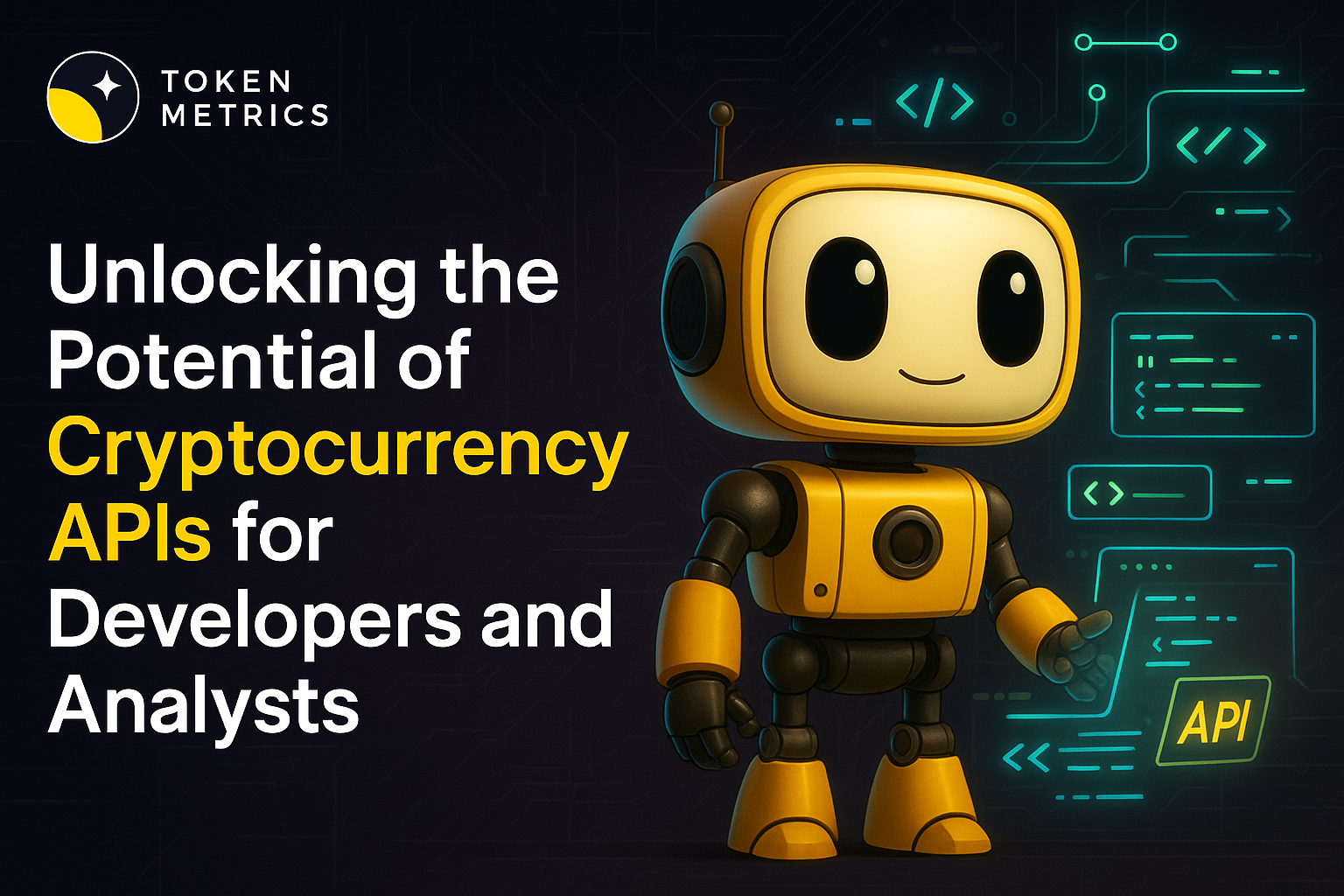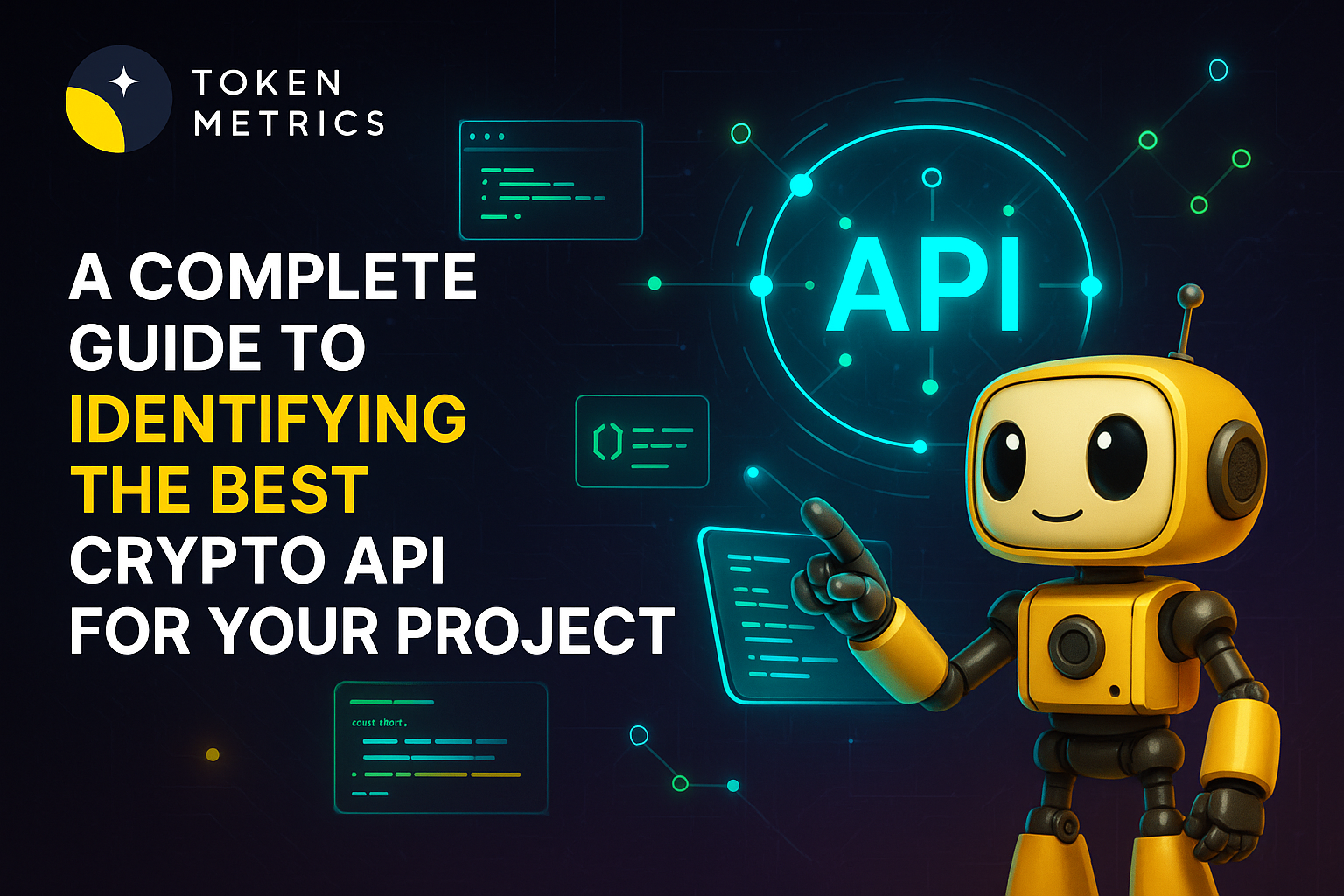Explore Free Crypto Trading Bot Templates & GitHub Resources

Automated trading is transforming the crypto landscape—expediting strategies and reducing manual intervention. Whether you're a developer, researcher, or an enthusiastic learner, free crypto trading bot templates offer a hands-on way to explore algorithmic trading without steep costs. Thanks to generous contributors on GitHub, a wealth of open-source crypto bot projects are available for anyone looking to accelerate their learning and experiment with automation.
Introduction: Why Explore Free Crypto Trading Bots?
The allure of algorithmic trading isn't just reserved for hedge funds or large trading desks. With the rise of free crypto trading bot templates, a broad audience can now experiment with market analysis, automation, and even basic forms of AI-driven strategies. Crypto bot GitHub repositories range from simple starter scripts to sophisticated frameworks capable of complex quantitative analysis. For crypto enthusiasts, these bots serve as valuable tools to:
- Backtest trading strategies on historical data
- Learn coding fundamentals relevant to trading
- Understand common risks and mitigation measures in automated markets
- Benchmark and compare trading models using open source tools
However, it’s essential to remember that most open-source bots, while educational, are not plug-and-play solutions for live, unsupervised trading. Their main value lies in experimentation, research, and skills development rather than profit guarantees.
Must-See GitHub Repositories for Crypto Bot Templates
Numerous GitHub repositories have become go-to resources for those seeking free crypto trading bot solutions. Here are some of the most notable options for developers of all skill levels:
- CCXT: Not a bot itself, but a widely used library that lets you access dozens of crypto exchange APIs. It's the backbone of many other open-source bots.
- Freqtrade: A popular, extensible and well-documented Python crypto bot with strong backtesting, custom strategy, and paper trading support.
- Freqtrade-Strategies: A curated library of community-made trading algorithms to plug directly into Freqtrade.
- Zenbot: A lightweight, advanced trading bot that supports multiple assets, market making, paper/live trading, and technical indicator plugins.
- Zenbot Strategies: Modular strategies for Zenbot for those who want to skip the coding and focus on testing ideas.
- Crypto Trading Bot (Haehnchen): Simple modular crypto bot written in PHP, supporting basic long/short signals and basic TA indicators.
- Python Bittrex Websocket: Ideal for learning about websockets and real-time crypto data feeds. Not a full bot, but a key component in custom projects.
Always review each project’s documentation and security model before deploying or connecting to live funds.
Understanding How These Bots Work
Most open-source crypto trading bot templates follow a similar architecture:
- Data Acquisition: Using API connectors (e.g., CCXT) to fetch real-time market data, prices, and order book snapshots from exchanges.
- Strategy Execution: Algorithms analyze incoming data to make buy/sell/hold decisions, often driven by technical indicators or basic rule-based setups.
- Order Management: Bots send orders to the exchange via APIs, track fills, and update their internal state accordingly.
- Logging and Risk Controls: Quality bots integrate trade logs, error handling, stop-losses, and paper trading features to minimize risk during development.
More advanced templates even support plug-and-play AI or ML modules, leveraging frameworks like TensorFlow or PyTorch for data-driven strategy testing. However, for most beginners, starting with backtesting and moving to live simulation using paper trading is a safer path.
How to Get Started Using a Free Crypto Bot from GitHub
Jumping into crypto bot development is surprisingly accessible—even for those without a formal developer background. Here are the basic steps for getting started:
- Choose a Project: Identify a well-maintained bot template that matches your skills and goals. Check stars, forks, and recent updates on GitHub.
- Prepare Your Environment: Install Python (or the relevant language), dependencies (listed in requirements.txt or package.json), and set up a paper trading environment if possible.
- Review and Configure: Thoroughly read the documentation. Adjust configuration files to select trading pairs, exchanges, amounts, and risk controls.
- Test with Paper Trading: Always test extensively with simulated funds. Observe logs and system behavior over days or weeks before connecting any live keys.
- Research and Improve: Use analytics tools provided by the bot or combine trading logs with platforms such as Token Metrics to gain further insights into your strategies.
Community forums and project Discords can also provide invaluable troubleshooting support.
Security and Risk Considerations
Because free crypto trading bots require exchange API keys, it’s critical to understand best practices and inherent risks:
- API Permission Structure: Generate API keys with withdrawal permissions disabled unless absolutely necessary. Most bots only require trading and information access.
- Credential Storage: Avoid embedding credentials in the bot’s source code. Use environment variables or secure secrets management tools.
- Review Source Code: Inspect or audit code from any bot you intend to use, especially if connecting to exchanges with real funds.
- Regular Updates: Monitor repositories for security patches and update libraries to prevent vulnerabilities.
- Understand Limits: Many free bots are not optimized for high-frequency, high-volume, or institutional strategies, and may have connectivity or rate limit issues.
These practices safeguard both your assets and your personal data while experimenting with crypto trading automation.
Enhance Your Trading with Token Metrics
Token Metrics offers real-time prices, trading signals, and on-chain insights to help you make informed decisions. Start Trading Smarter Today
FAQ: Common Questions About Free Crypto Trading Bot GitHub
Are these free crypto trading bots safe to use?
Safety depends on the code quality, maintenance, and how you handle API keys. Always test with paper trading, use limited API permissions, and review the codebase for security issues before any real usage.
Do I need to know programming to use these bots?
Basic familiarity with programming and your chosen language (often Python or JavaScript) is very helpful. Some projects offer easy-to-use config files, but customizing strategies usually requires code changes.
Which exchanges are supported by most crypto trading bots?
Popular open-source bots often support major exchanges like Binance, Coinbase Pro, KuCoin, and Kraken via libraries like CCXT. Always check each bot’s documentation for up-to-date exchange compatibility.
Can these bots be used for live trading?
Many free crypto trading bots allow live trading, but it's strongly recommended to start with paper trading mode and proceed cautiously. Ensure security measures are implemented, and always monitor live bots actively.
How can Token Metrics support strategy research?
Token Metrics provides AI-powered ratings, on-chain analytics, and backtesting tools that can help you evaluate and refine your algorithmic trading ideas across different crypto assets.
Disclaimer
This content is for educational and informational purposes only. It does not constitute investment advice, financial recommendations, or endorsements of any project or protocol. Always exercise caution and conduct your own research when using open-source trading bots or engaging in automated crypto trading.

Create Your Free Token Metrics Account




Create Your Free Token Metrics Account





.png)
Power your platform with Token Metrics API
Access real-time crypto data, analytics, and grades.
Get Your Free API KeyCreate Your Free Token Metrics Account


Create Your Free Token Metrics Account





















.svg)




.png)